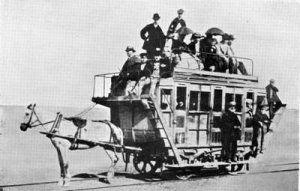I was born in 1962, which might be considered the early to mid 2nd generation diesel period. I don't remember steam, except from visiting tourist railroads, or 'steam excursions,' like the AFT, or Chessie Steam Special, to name 2.
I'm modeling from about 1968 to about 1990 or so, with a few exceptions. At some point, I drew the line, so to speak, regarding modeling anything much beyond then, based on space considerations, given the larger radius required by longer and longer diesels, and equipment, and manufacturer's commitment to prototype fidelity, and getting away from freight cars with talgo trucks, shorty version, and models that could negotiate 18" radii curves. At some point, I decided that I could live with GP35s, 40s, and SD45s, but I found that when Athearn came out with its SD40-2's that they had a longer wheelbase, than some of my other diesels of that period, like the SD45. The Transition Period was the theme of a lot of model railroads at that time.
I decided relatively early on that while steam could be interesting, what 'turned me on' in those days, were DD40AXs, GTEL turbines, DD35s, U50's, and large 'diesels' like that, which I saw as being the 'huge locomotives of my youth.' I've picked up models of DD40s, U50's, and am looking to ad a GTEL Turbine to my collection, just like older people wanted say to have a Big Boy, and Challenger. I'm more of a PRR T-1 and C&O Allegheny fan, or EM-1 fan, although I haven't got any of these yet.
Being that I model the Reading, mainly, I do have an RDG T-1, and a few other steamers, but they aren't in 'everyday service.' My other main interest is in electrified operations, such as the PRR, VGN, GN, NH, MILW, plus a few others, as I used to ride the NEC back in the late 60's & early 70's as a child. I'm' building a protolanced' layout, which will reflect the 1975-1990 period, that's a branch of the NEC, with E60's, E33's EP/EF3/4s, AEM 7s, and a few other models.
Hope this answers your question.


